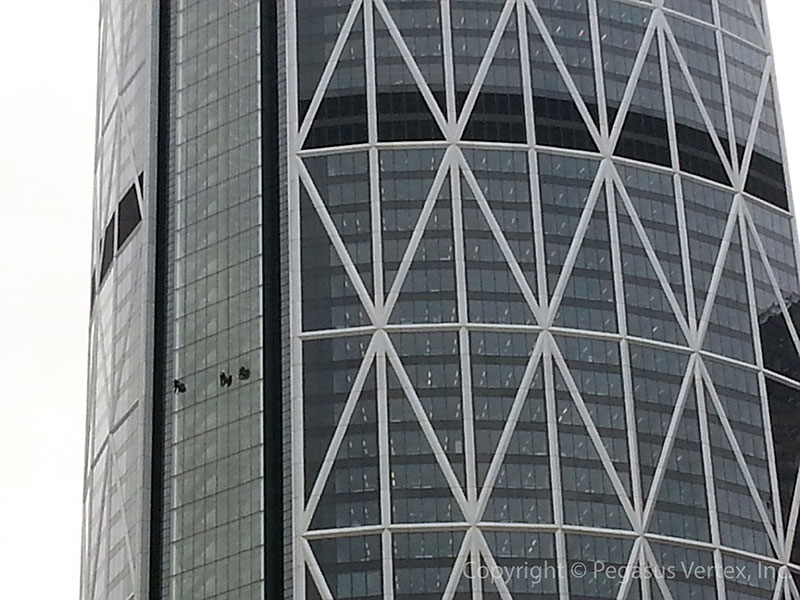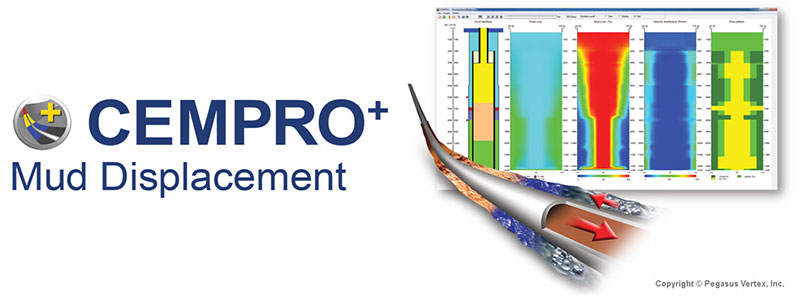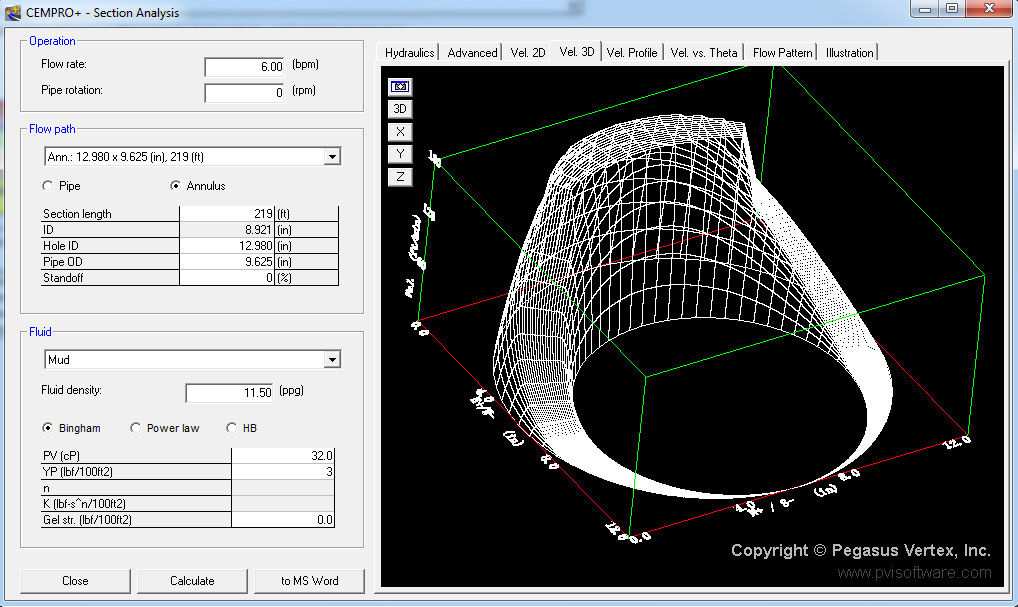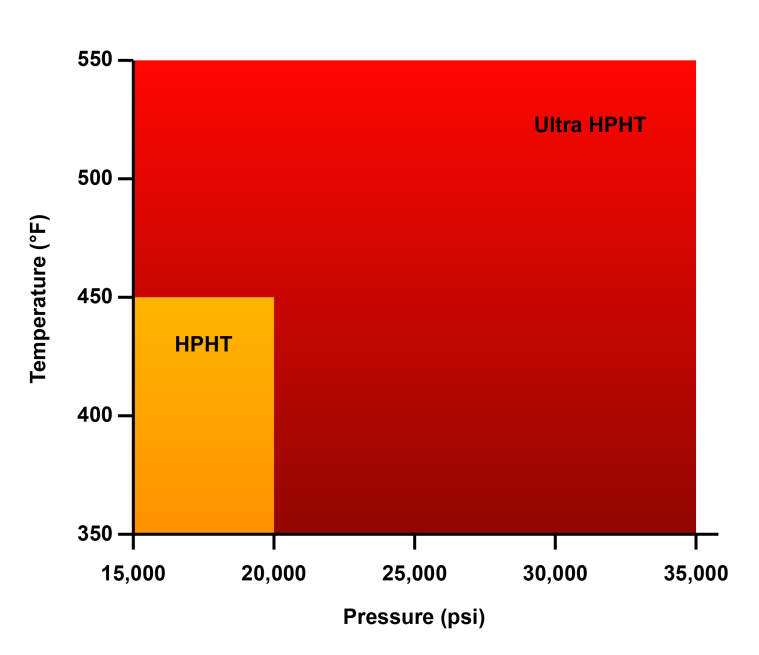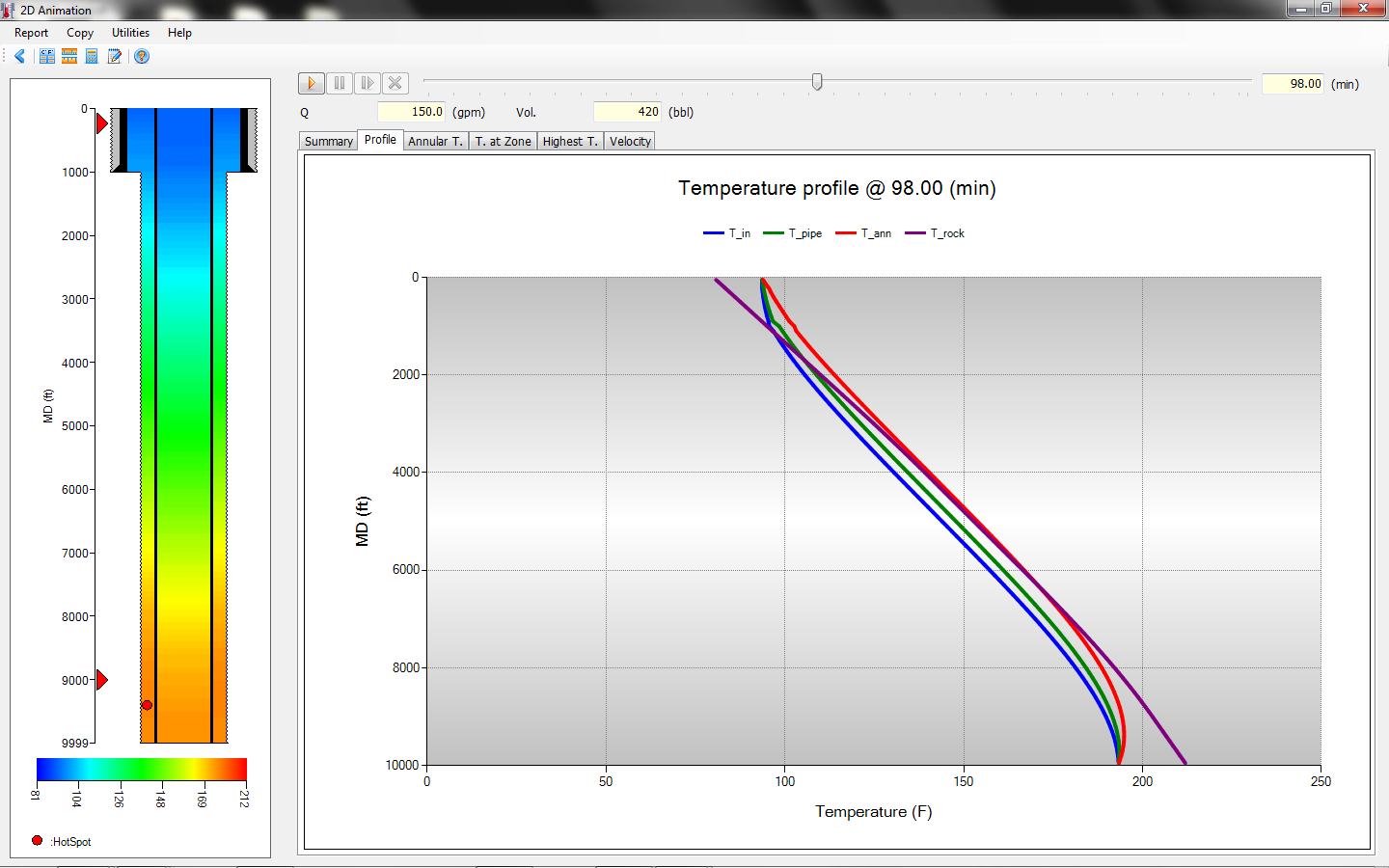There are three principal means of acquiring knowledge... observation of nature, reflection, and experimentation. Observation collects facts; reflection combines them; experimentation verifies the result of that combination.
Denis Diderot (French Philosopher)
Knowledge is defined as a familiarity, awareness or understanding of someone or something, for instance the facts, information, descriptions, or skills, which is acquired through experience or education by perceiving, discovering, or learning of a subject.
In the past century technology went through many advances giving knowledge the opportunity to be more accessible to humanity. For drilling technology, literatures, books, computer programs and other sources have been put together by the brightest minds of drilling professionals; however while this technological know-how has notably driven the industry forward, some individuals are at times overwhelmed by the vast amount of information they receive from different sources of media.
The internet is loaded with drilling engineering information, but this information is scattered around in such a way that can lead to generate different answers to just one question.
The demand has been to create an all-in-one type of information and knowledge base software; a digital toolbox that is quick-to-access, reliable, accurate and interactive among other things. For this, PVI has developed a comprehensive collection of drilling engineering tools in a simple-to-learn and easy-to-use software package - Dr. DE.
The software covers more than 180 functions ranging from the fundamentals of drilling engineering to an advanced well path design and 3D visualization of the wellbore; a resource made for every drilling engineer and technician to get the job done right while also making their engineering and sales efforts easy and efficient.
Dr. DE’s engineering features include:
- Daily used drilling engineering problems and solutions
- Extensive and expandable tubular, centralizer and fluid database
- Survey data up to 5000 points
- 3D wellbore visualization
- Intelligent 2D well path design
- Detailed illustrations
- Support fraction input of tubular sizes
In the beginning of the article we quoted from Dennis Diderot, a person who strongly believed and promoted that all humans have the right to acquire knowledge because it’s in our nature to learn and that the best way of acquiring it, is through experimentation and the exercise of reasoning. With this in mind is how we developed Dr.DE and how our fellow drilling engineers and technicians can benefit from using it to accomplish their daily tasks.


